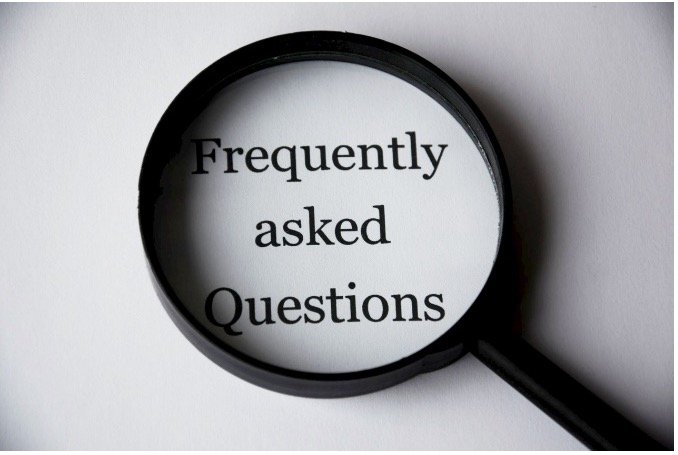While some litigators practicing in the WDTX are probably aware of Judge Albright’s “Patent FAQ,” for those of you who didn’t know or simply could not find the link, here it is: https://www.txwd.uscourts.gov/for-attorneys/judge-albright-courtroom-faq/
Judge Albright recently added four new “FAQs” under the Protective Order and Miscellaneous Sections, relating to:
- The Court’s guidance regarding a default protective order;
- The Court’s revised lack of limits on pre-Markman venue discovery (which we addressed on the blog here);
- Timing to file the Court’s Case Readiness Status Report (the introduction of which we addressed on the blog here); and
- The Court’s case schedule procedures, and a new calculation tool to assist with them.
The four new additions are reproduced in full below:
* * *
Starting Point for a Protective Order / Interim Protective Order
Q: Until the Court provides a default protective order, what should the parties use as a starting point and/or as an interim protective order?
A: The Court recommends using the default EDTX protective order as both a starting point and/or as an interim protective order. The Court hopes to publish its default protective order soon.
November 2020: Venue discovery default limits
Q: What are the Court’s default discovery limits regarding venue and jurisdiction?
A: The Court no longer has numerical discovery limits on the number of interrogatories, requests for production, requests for admission, depositions, and/or deposition hours, etc. for venue and jurisdictional discovery. Rather, the parties are limited only by Fed. R. Civ. P. 26(b)(1). To the extent that a party disputes the relevance or proportionality to the needs of the case, the parties are directed to contact the Court for a telephonic hearing.
November 2020: Filing of Case Readiness Status Report (“CRSR”)
Q: When do the parties need to file the Case Readiness Status Report (“CRSR”)?
A: The parties need to file the CRSR within 7 days of the Answer or other response from the last defendant in response to the Original Complaint. The “last defendant” is the last defendant to answer or otherwise respond, either within one multidefendant case or across multiple, related cases.
November 2020: Time between Markman to Trial
Q: What should the parties do if the Court provides them with a trial date that is different than what is described in the Order Governing Proceedings (“OGP”), e.g., 9 or 14 months between Markman and trial?
A: The Court sets the trial date based on the number of asserted patents and the perceived complexity of the case. For a case with fewer asserted patents and/or with a lower perceived complexity, the Court will set a shorter Markman to Trial timeline. For a case with more asserted patents and/or with a higher perceived complexity, the Court will set a longer Markman to Trial timeline. The timeline in the OGP is merely an example for a case where the number of asserted patents and perceived complexity of the case warrant a 12 month Markman to trial timeline. It is not the default timeline or the shortest timeline.
If the Court provides the parties with a Markman to Trial timeline that is different than shown in the OGP, the parties should adjust the relevant deadlines to fit within the provided Markman to Trial timeframe. To assist the parties with calculating deadlines for Markman to Trial times, the Court has provided an Excel spreadsheet that will calculate the dates based on a set of specific CMC, Markman, and Trial dates. That spreadsheet can be found here. (Author’s Comment: A very helpful tool).

